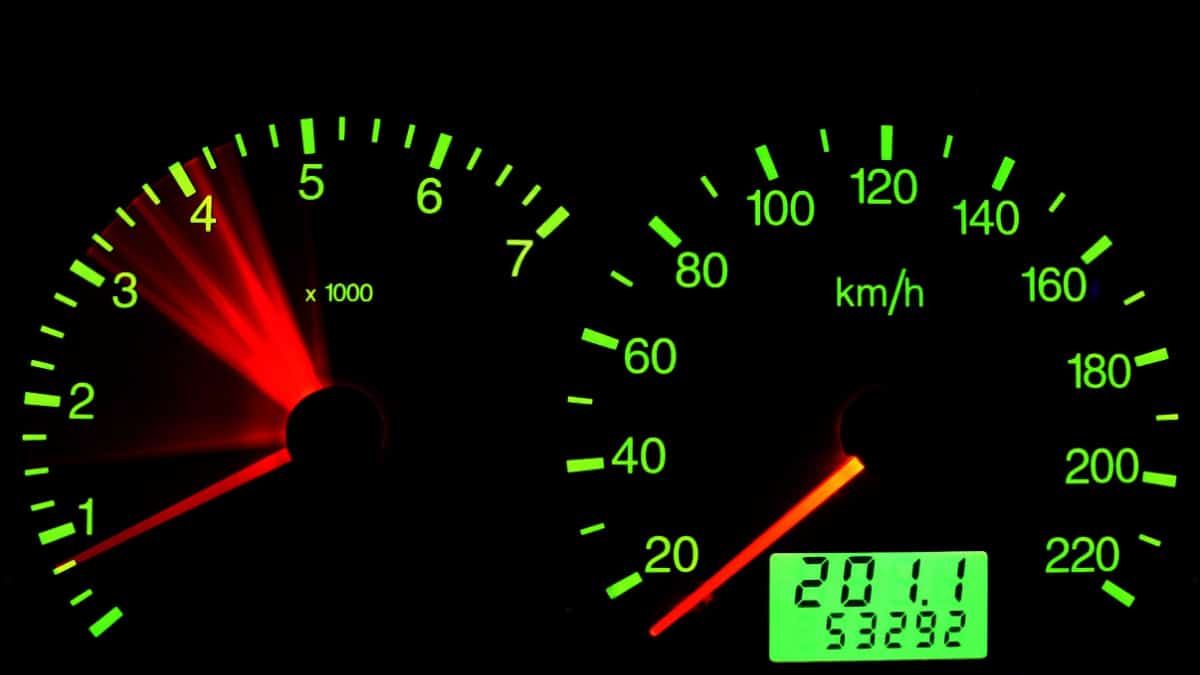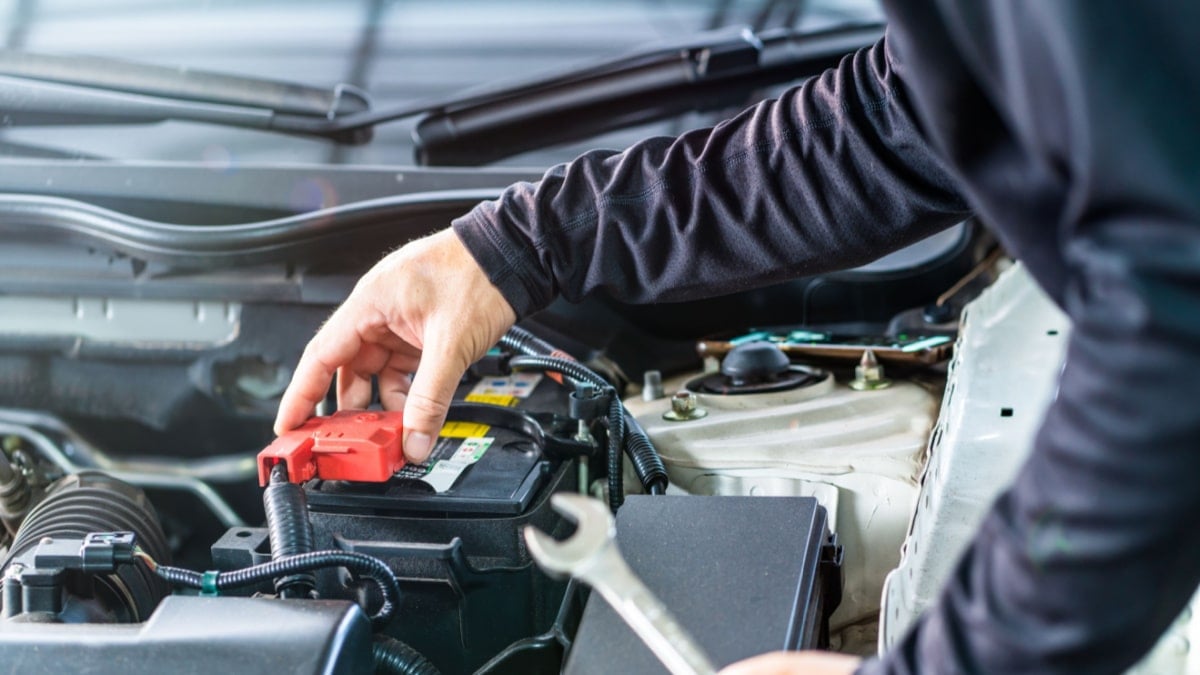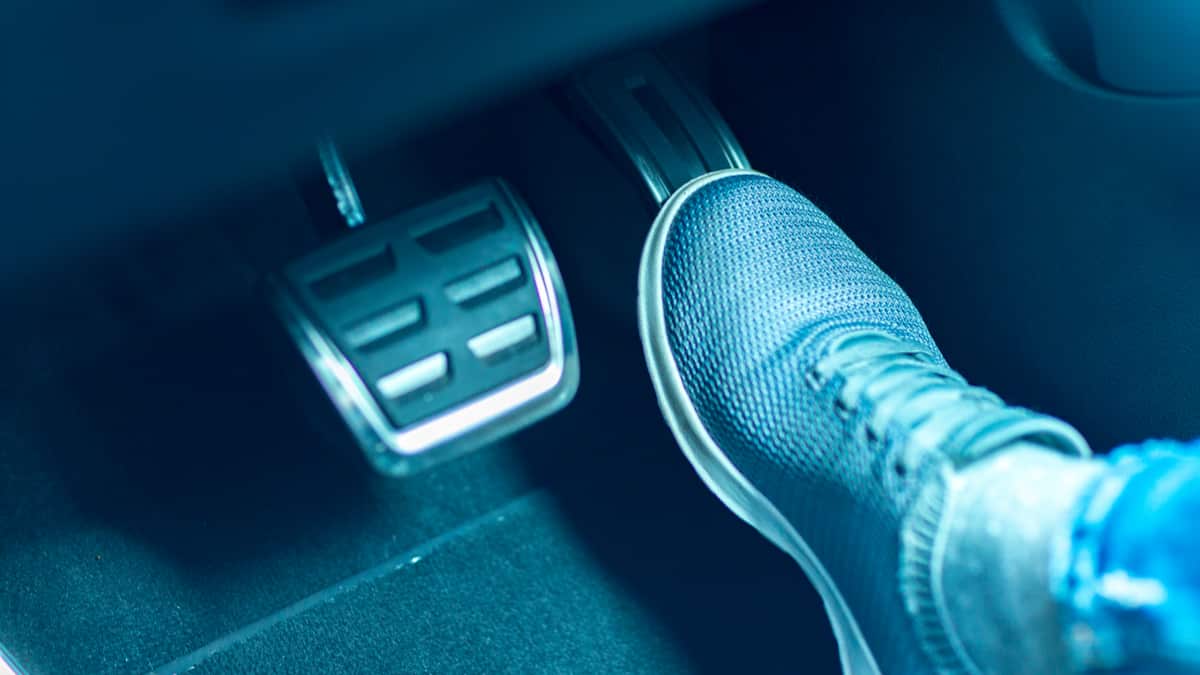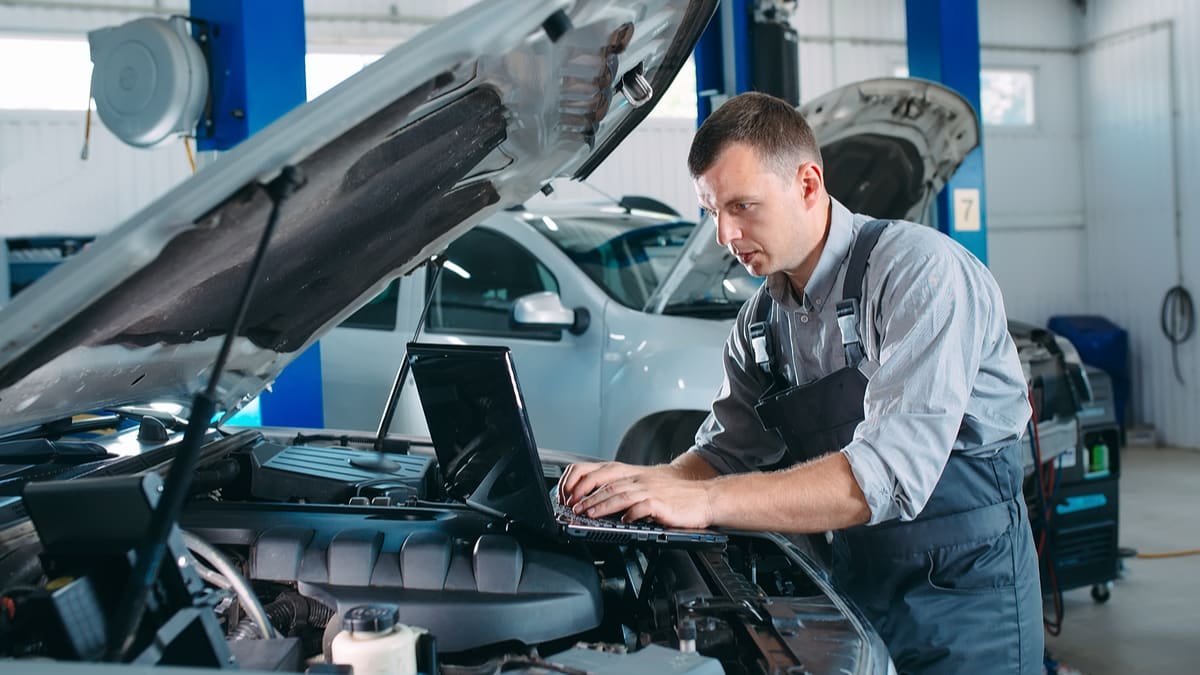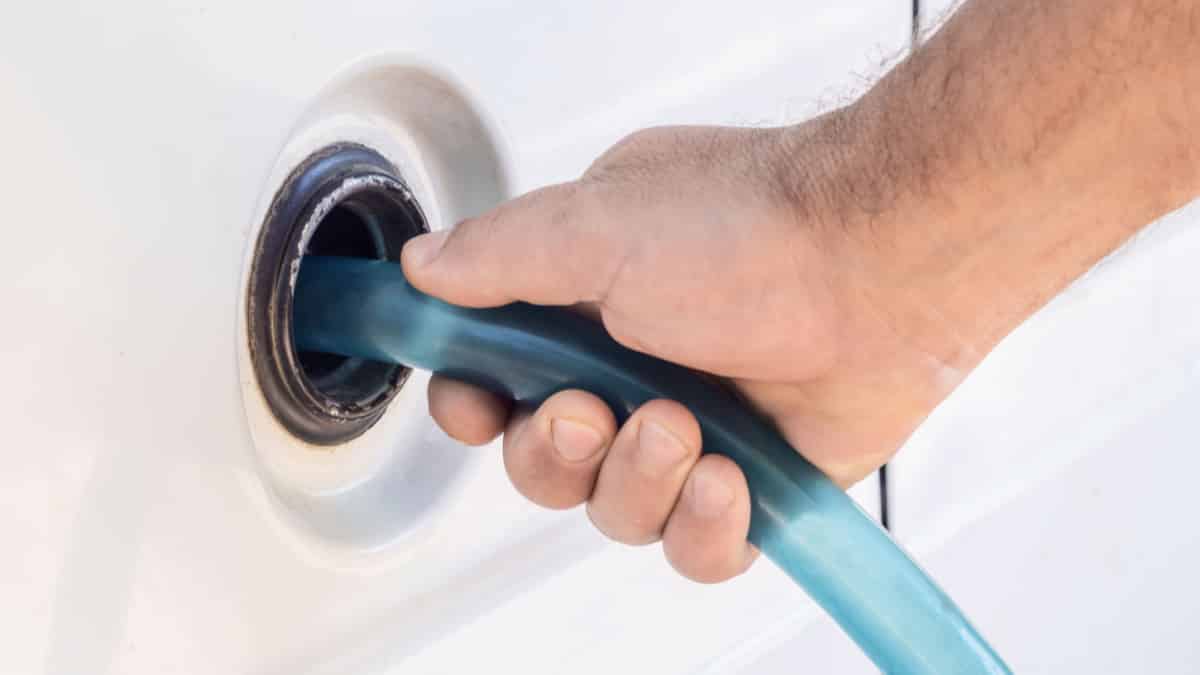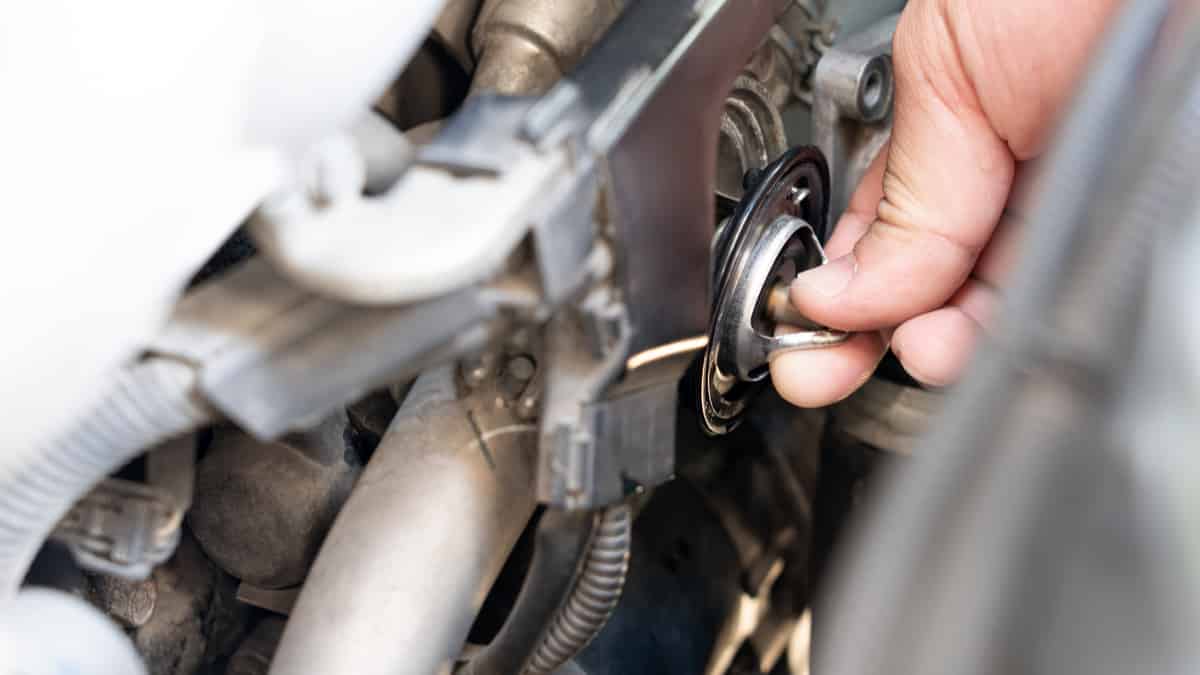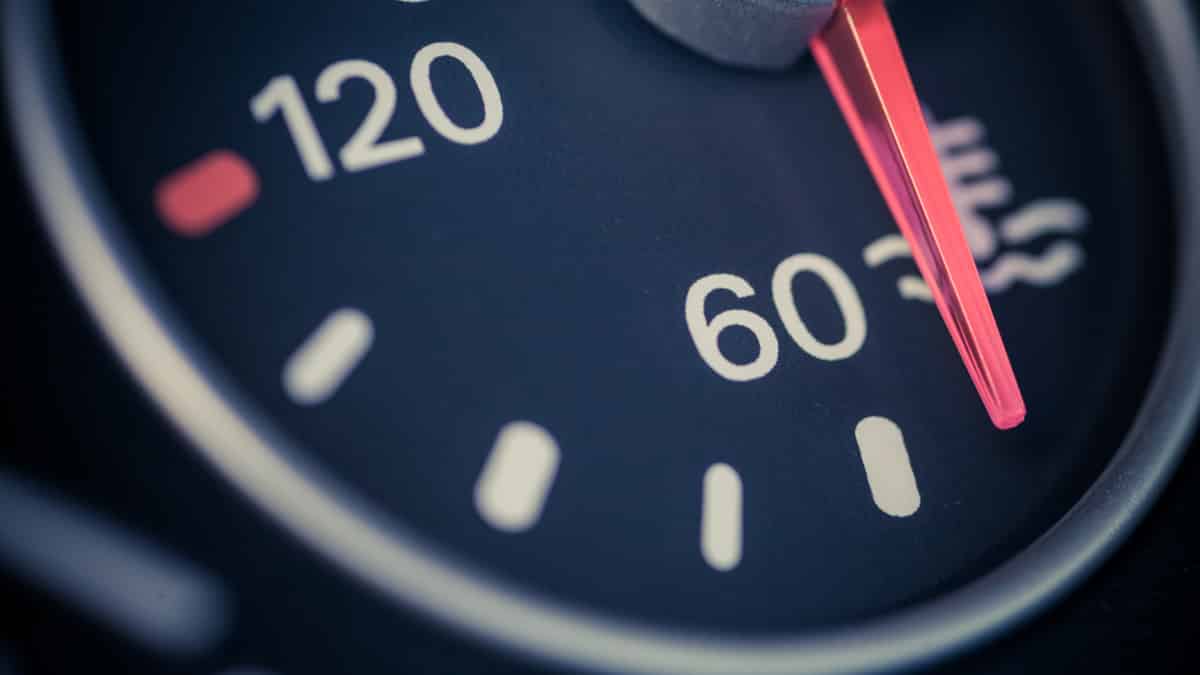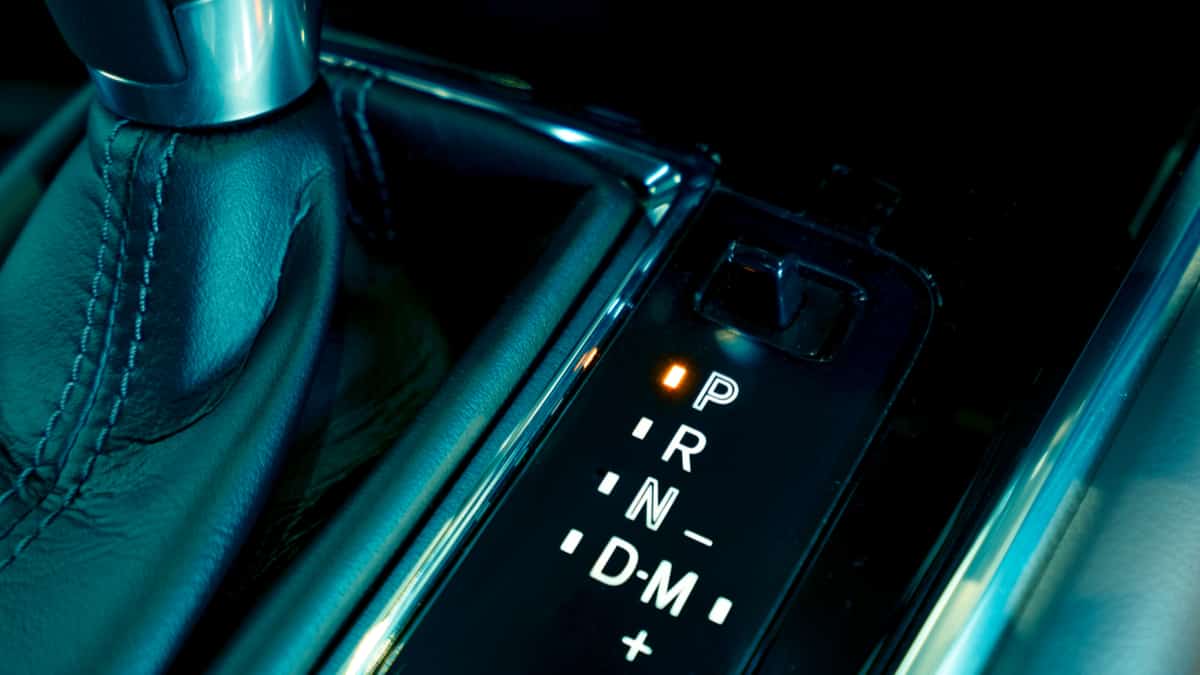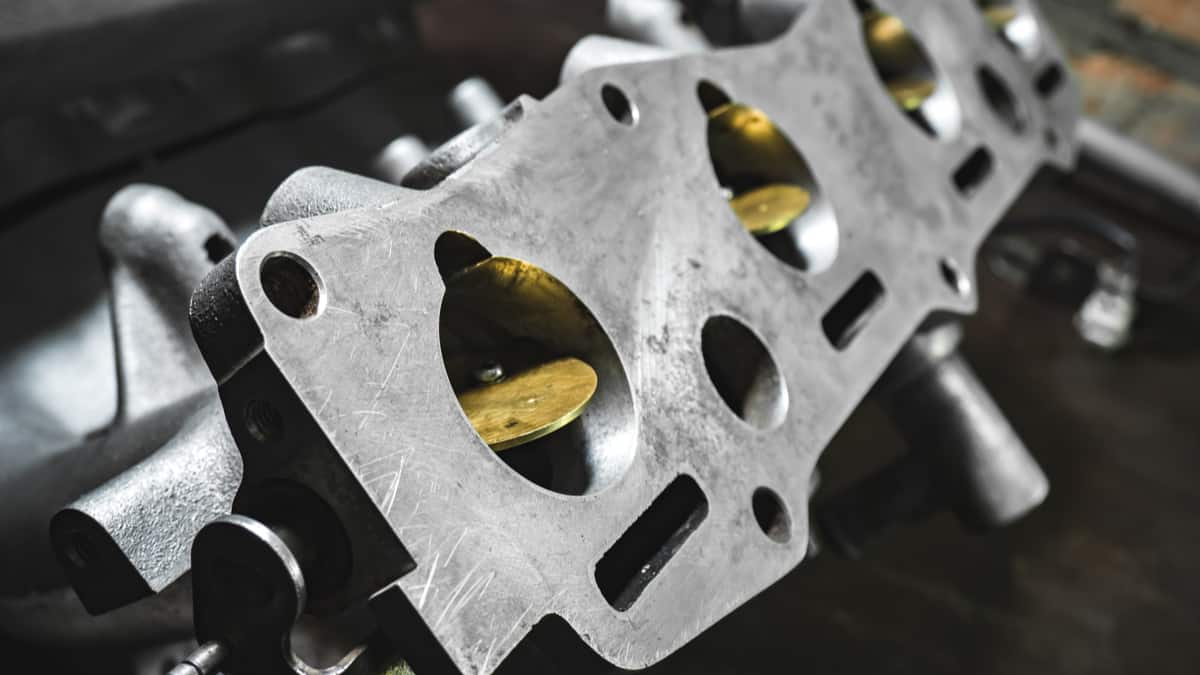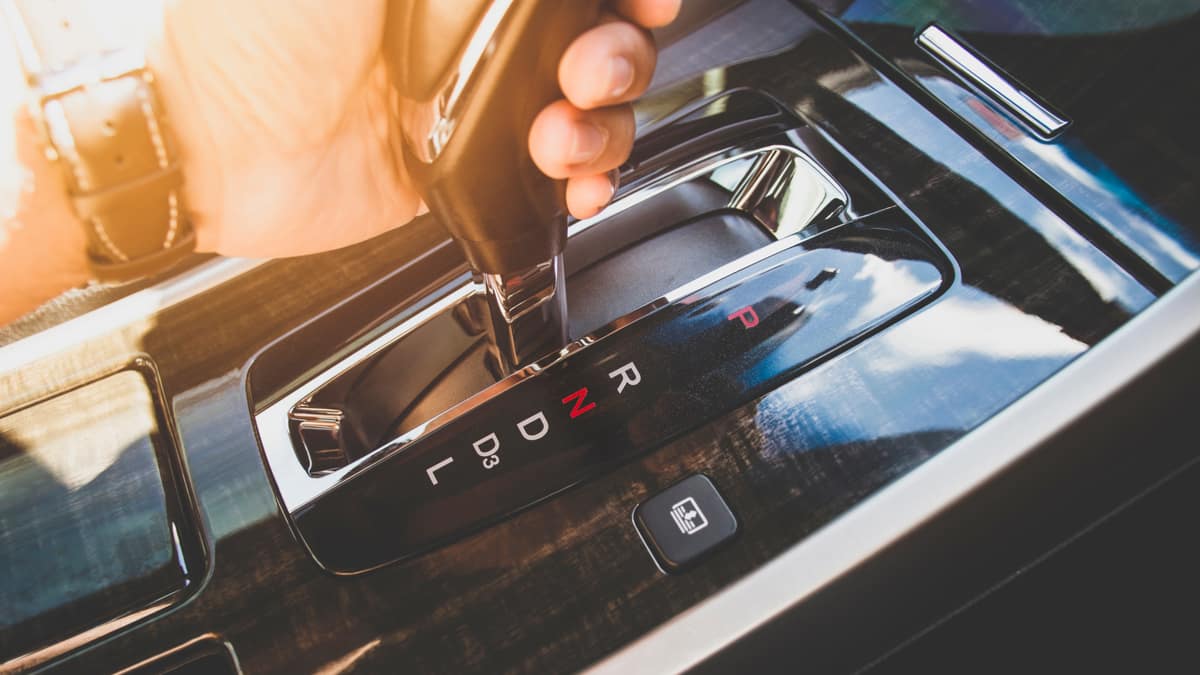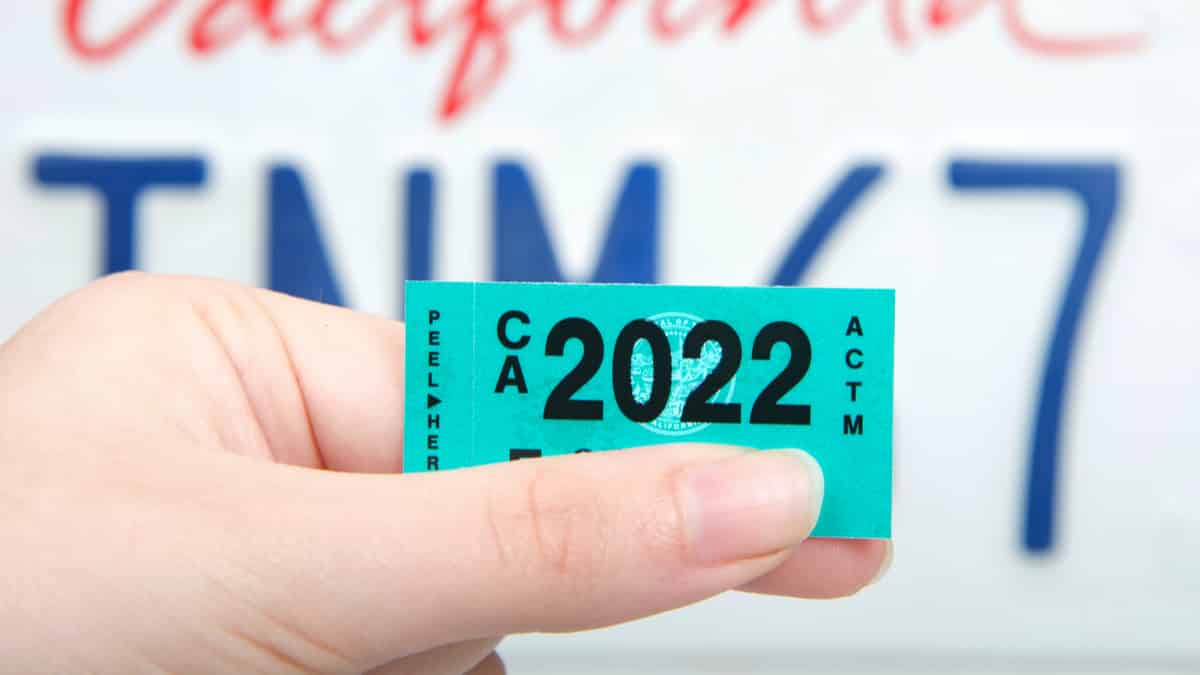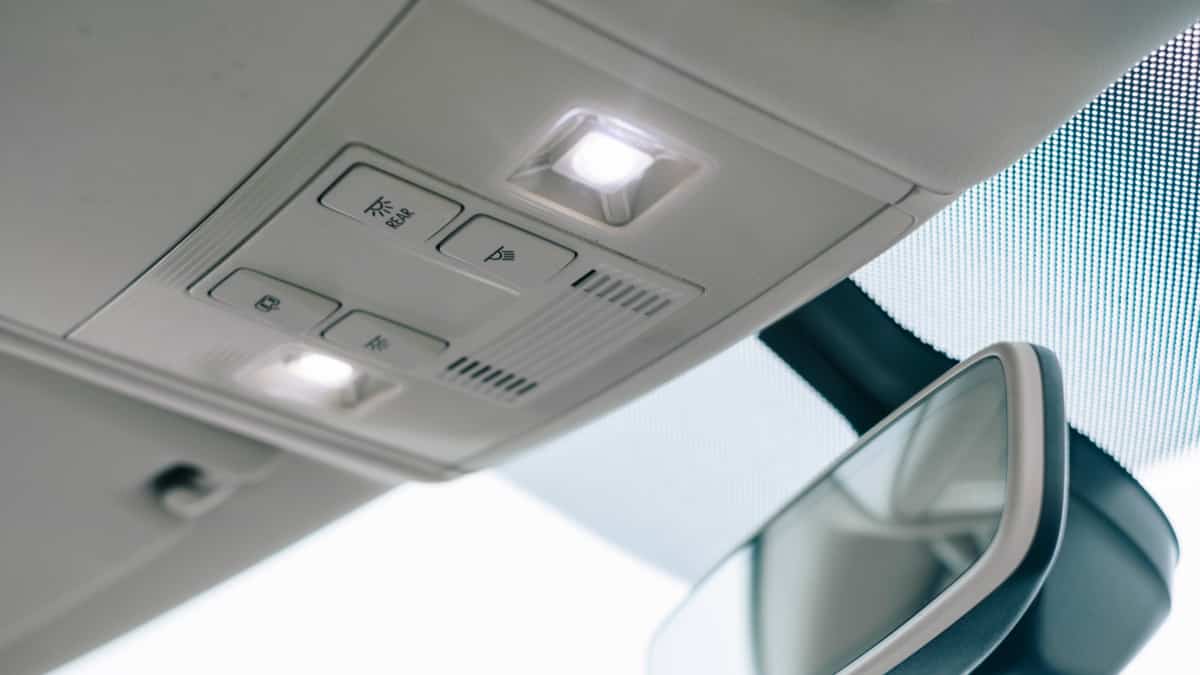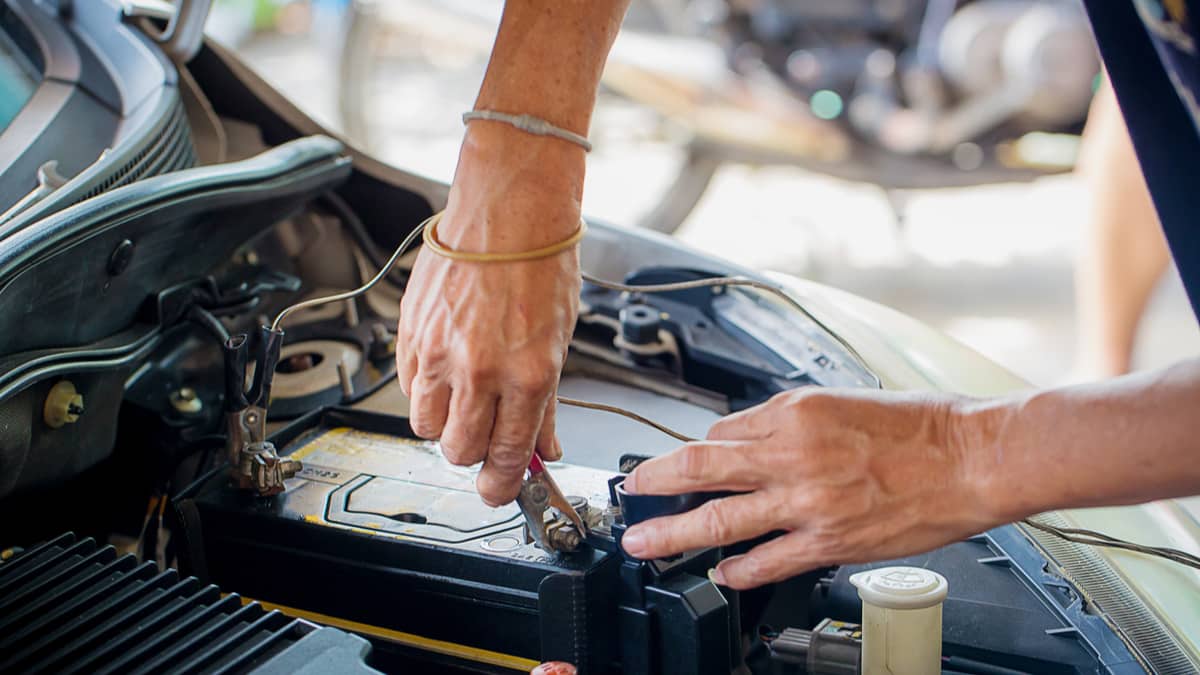If your foot is on the accelerator, you expect the engine to rev up. Yet, this action is completely unexpected if the car is in Park and your foot is nowhere near the gas pedal. So, what are some of the reasons your car is revving in Park, and what should you do about it?
In this guide, we cover a few of the top reasons. We will also show you what might fix your problems. At the end of the guide, you can find some answers to your top questions.
Reasons Your Car Is Revving in Park
The issue may be a failing throttle body or a vacuum leak. It could also be due to the AC activating during a cold start. If those aren’t the issue, consider that there’s a bad IAC valve, a defective accelerator pedal position sensor or bad wiring. On older cars, it could be a stuck throttle cable.
Let’s discuss each one to determine what you are dealing with.
1. Bad Throttle Body
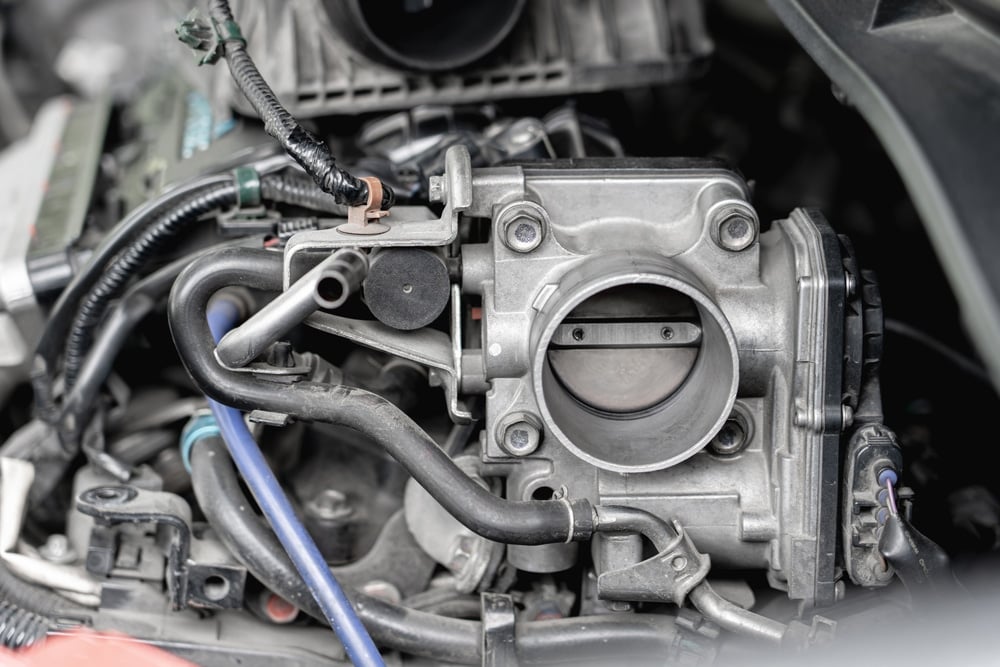
The throttle body responds to how much the accelerator is pushed. It opens and closes based on the throttle you apply. This action allows the right amount of air into the engine to mix with the fuel.
If the throttle body valve becomes dirty or damaged, it can stick open or closed. This action causes the engine to rev at unusual times, even when you are parked. It can also cause the idle to jump around erratically.
RELATED: 8 Symptoms Of A Bad Throttle Body
2. AC Activated During Cold Start

There may not be anything mechanically wrong with your car at all. If the air conditioning is turned on when you start the vehicle, it can cause a temporary jump in RPMs.
To prevent this, you want to turn off the air conditioning before you get out of the car each day. Cranking on the engine with the AC on can cause unneeded stress to your motor.
3. Vacuum Leak
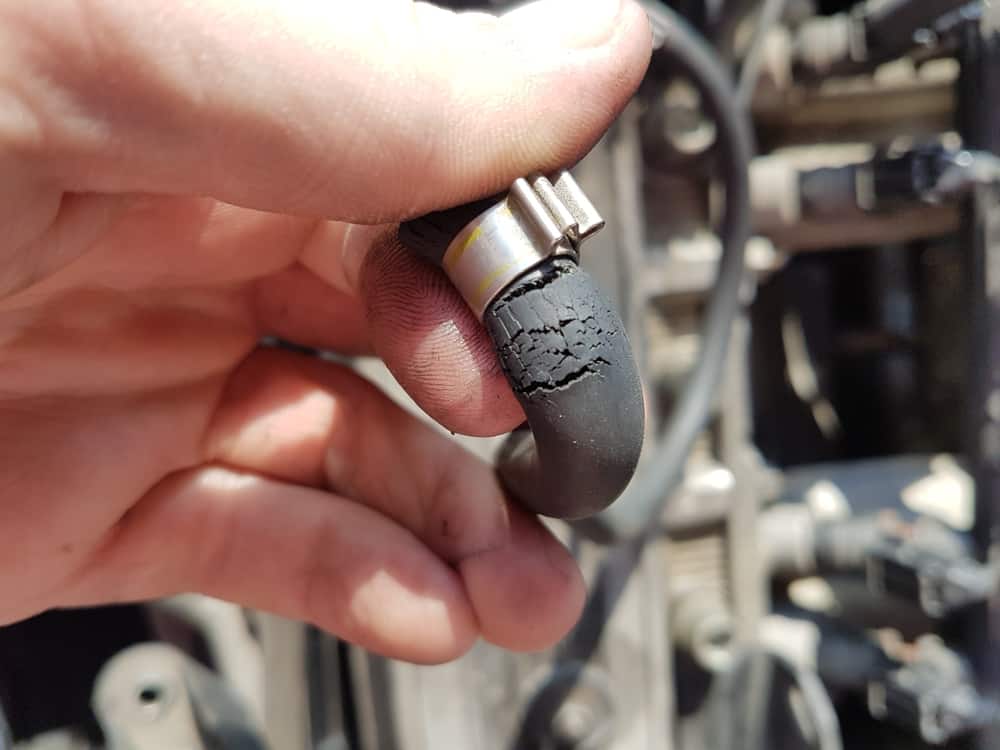
Think of the car motor as a pump that needs to suck in the right amount of air for compression. Once the air is compressed, the energy can be properly transferred to the drivetrain. The vacuum power doesn’t just run the engine, but it can also be used for the brake system, EGR, and EVAP system too.
Over time, these vacuum hoses become brittle and crack. Air can escape, which changes the air-fuel ratio. When a vacuum leak is present, the RPMs can jump unexpectedly.
RELATED: 6 Symptoms Of A Vacuum Leak and Causes
4. Bad IAC Valve

The idle air control valve regulates and controls the idle speed. It adjusts the idle speed based on operating conditions. Typically, this part is mounted on the throttle body, where it can be monitored by the engine control module.
When the IAC valve fails, the RPMs may rev, even when you aren’t driving. This problem can also cause the engine to stall. If the situation is bad enough, you may not be able to get the motor started again until the problem is fixed.
RELATED: 4 Symptoms Of A Bad Idle Air Control Valve
5. Bad Accelerator Pedal Position Sensor

In modern cars, the electronic throttle control system contains an accelerator pedal position (APP) sensor. This sensor monitors the position of the accelerator pedal. When you push the pedal, this sensor tells the throttle body to open.
While this sensor isn’t commonly bad, it’s not immune to failure. It should last for the lifetime of the vehicle but is also electronic, so there’s no guarantee. Because of where it sits on the floorboard, it does ensure a lot of heat.
RELATED: 6 Signs Of A Bad Accelerator Pedal Sensor
6. Bad Wiring
Many of the parts that we’ve discussed are connected through wiring. If any of this wiring becomes damaged or the connection is lost, you may notice erratic RPMs.
The trouble with this problem is how much wiring there is to inspect. We will touch on that more in a few minutes.
7. Stuck Throttle Cable (Older Models)
Older vehicles aren’t equipped with the accelerator pedal position sensor. Instead, a throttle cable is connected to the pedal to relay information manually.
This braided metal wire is connected directly to the throttle plate. When you push or release the gas pedal, the speed of the car changes based on how the throttle body responds. If the RPMs are revving high while parked, this throttle cable may be to blame.
How To Fix A Car That’s Revving in Park
Now that we’ve touched on several reasons for the revving let’s look at what you can do to fix it. In many cases, the diagnosis and repairs can be done at home, especially if you have some mechanical knowledge and the right tools.
Here’s how we would tackle the situation as professional mechanics.
1. Read Trouble Codes
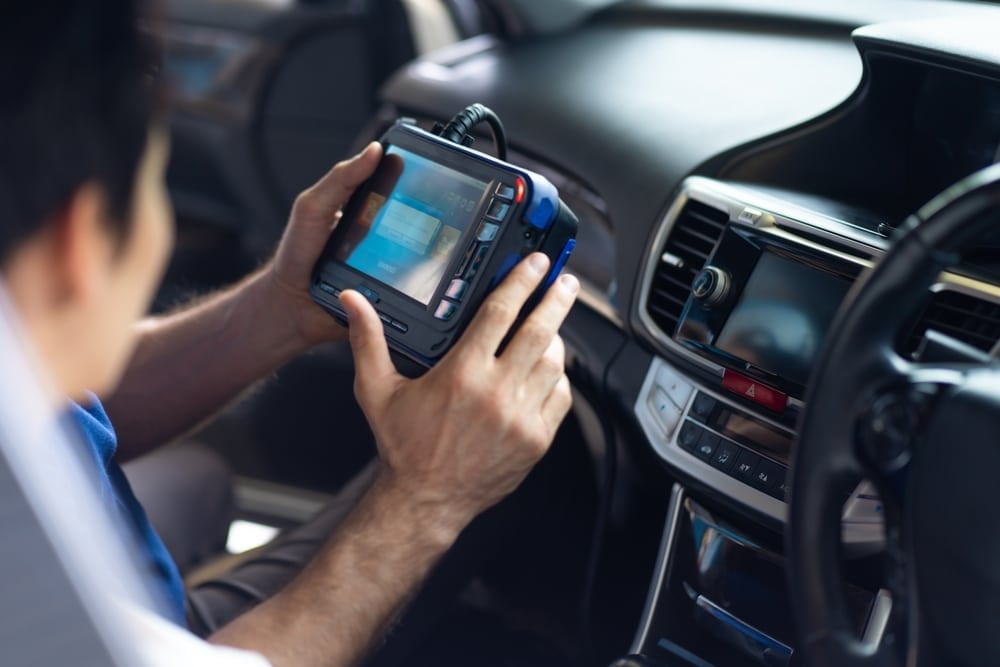
Almost every situation we discussed above would cause the Check Engine Light to come on. Therefore, the most logical start would be to read these diagnostic trouble codes.
A compatible code scanner will read the DTCs, but it doesn’t usually tell you exactly what each one means. For this, you need our online trouble code library.
2. Clean and Reset the Throttle Body

If the throttle body is dirty, you can clean it. Here are some steps to get you started.
- Disconnect the battery cables.
- Take off the air filter cover.
- Remove the mass air flow sensor and the intake tube.
- Take the air intake hose off of the throttle body.
- Replace the air filter while you have it out.
- Spray throttle body cleaner in the intake.
- Leave the cleaner to soak for a few minutes.
- Spray a rag and clean the inner housing and surface. Make sure you get any carbon buildup around the throttle blades.
- Reinstall everything in reverse order.
If cleaning the throttle body doesn’t make a difference, the valve might be stuck or broken. At this point, it’s best to replace the throttle body.
READ MORE: How to Clean a Throttle Body (10 Steps DIY)
2. Look for Vacuum Leaks
Finding a vacuum leak can be a little more difficult unless you see something obvious. Start by looking at exposed vacuum lines under the hood to see if any are damaged or ripped. If you notice damage, you can replace these.
Otherwise, a smoke test is needed. As smoke is applied to the system, you’ll see it escaping wherever the leak is. Once you identify where the problem lies, you can fix it.
3. Check Accelerator Pedal Sensor Data With a Scanner
With your compatible code scanner, you can test the accelerator pedal sensor. Connect your scan tool and switch to live data.
As you watch the live data on the sensor, push down on the accelerator pedal. In general, you want to see a straight line that gives a slightly positive slope. If you see abrupt changes to the graph, the sensor may be faulty.
4. Diagnose the Wiring
Deal with the wiring the same way you worked on the vacuum lines. Start by performing a visual inspection, looking for any damage or a broken connection. If you find it easily, repair it and move on.
Otherwise, you need to use a factory service manual to get a wiring schematic. This step requires you to trace every connection that could be to blame to see where the fault is.
5. Inspect the Throttle Cable (Older Models)
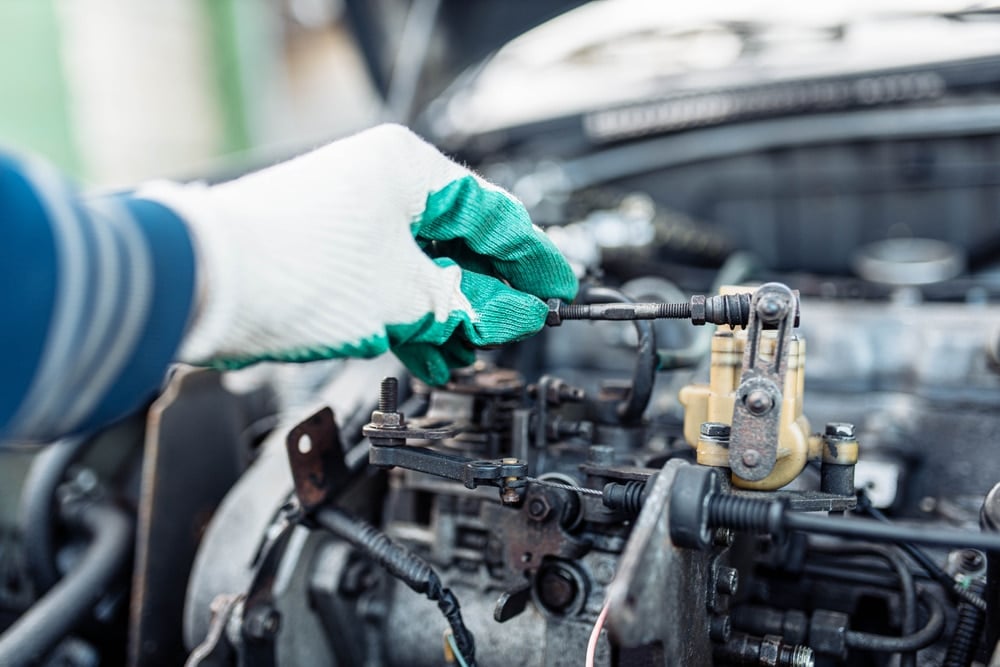
Find the throttle cable. One end is going to be attached to the throttle body, with the other side to the accelerator pedal.
This cable may need to be adjusted. If you don’t know how to do this, it’s best to move on to the next step instead.
6. Contact A Professional
Some of the fixes aren’t for the faint of heart. If you aren’t sure what you are looking at or how to fix it, do yourself a favor and take the car to a shop instead.
You don’t want to make a silly mistake and make bigger problems. Just make sure you choose a reputable mechanic to take your car to.
Why is my car revving in Park with AC on?
The air conditioning system puts a lot of strain on the car engine. If you turn on the car and the air conditioning is already running, it’s going to cause the RPMs to go up slightly. This problem should even out in a few seconds. If it doesn’t, have the system looked at by a mechanic.
How do I stop my car from revving?
You need to find out what’s causing the problem. If you have an older car, consider a stuck throttle cable. Otherwise, it could be a vacuum leak, a bad throttle body, a failing IAC valve, a defective accelerator pedal position sensor or faulty wiring. It could also be due to the AC system being activated.
Why does my car accelerate on its own in Park?
If you have an older model, the throttle cable might be stuck. There could also be a mechanical failure, such as a bad throttle body, a vacuum leak, an IAC valve that’s stuck, a defective accelerator pedal position sensor or faulty wiring. Otherwise, turn off the AC system to see if the RPMs settle down.
Is it normal for a car to rev on its own?
A car may rev for a minute if the AC system is on, but it shouldn’t last. If the revs continue, there’s a mechanical issue that should be looked at. Inspect the throttle body, vacuum system, the IAC valve, accelerator pedal position sensor, the throttle cable and wiring.
When the car first revs in Park, you are probably going to be alarmed. Once you have a minute to compose yourself, it’s time to start diagnosing the situation. It may be something as simple as having the air conditioning on, so there’s no reason to panic.
Walk through our diagnostic steps to get to the bottom of the problem. Once the system is repaired, you will be ready to sit in Park without the additional revving action ruining your day.
Categories: Troubleshooting
